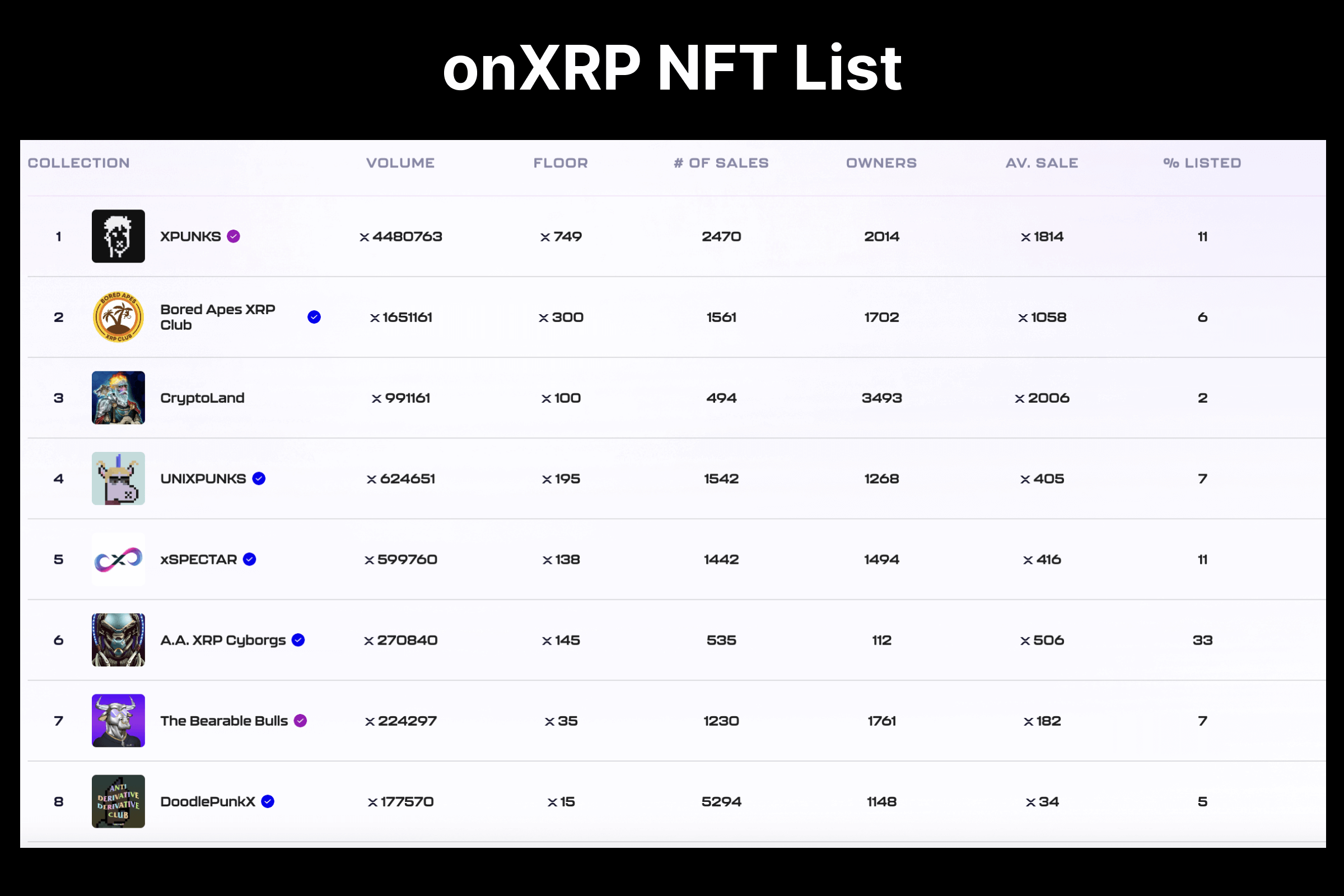
What Is XRP Ledger Blockchain?
The XRPL Blockchain, also known as XRP Ledger, is a user-friendly digital system designed for quick and affordable transactions. It’s where the digital currency XRP operates, making it easier to send money across borders with low fees. Unlike many blockchains that require a lot of energy, XRPL uses a simpler method to agree on transactions, which saves time and energy. This is great for those new to cryptocurrencies who need fast international payments and small money transfers. Plus, XRPL lets you create custom digital tokens and is becoming more important in the world of online finance, making it a good choice for beginners interested in digital money.
Brief History and Development
-
2012: Creation of XRPL by Jed McCaleb, Arthur Britto, and David Schwartz, aiming for a more efficient transaction system than Bitcoin’s proof-of-work.
-
2013: Ripple Labs, co-founded by Chris Larsen and Jed McCaleb, began promoting XRPL for global payments.
-
2014-2018: Ripple’s partnerships with financial institutions and the cryptocurrency market boom significantly increased XRP’s value and popularity, leading to a broader adoption and development of the XRPL ecosystem.
-
2020: Ripple faced an SEC lawsuit, challenging XRP’s status and bringing regulatory attention to cryptocurrencies.
-
2021-Present: Despite legal hurdles, XRPL has grown, exploring new applications in tokenization, DeFi, and NFTs.
Differences Between XRP Ledger and Other Blockchains
The XRPL blockchain is designed with a focus on business and finance. Its key distinction lies in this foundation, offering high transaction speed, low fees, and various multisigning options. These features enable efficient management of finances and digital assets, making XRPL well-suited for business-oriented applications.
For more detailed insights into XRPL capabilities, you can read further here: What Is The XRP Ledger Blockchain?
What You Need to Know About XRP Ledger and Its Ecosystem
The XRPL is specifically developed for finance and payment applications, focusing on high efficiency, security, and flexibility. It caters well to the demands of modern financial markets and payment systems, making it a suitable platform for financial institutions and businesses in need of reliable transaction solutions.
XRPL Fungible Tokens
Fungible tokens are assets that are interchangeable and have equal value, like traditional currencies. On the XRPL blockchain, fungible tokens are represented as IOUs (“Issued Currencies”) and can include various types of assets such as fiat currencies or other value items. They are created and managed through trust lines between accounts, allowing for the exchange and issuance of these custom tokens. This feature of the XRPL provides flexibility for users to engage in a wide range of financial transactions and asset management within the XRPL ecosystem.
Trust Lines on the XRPL are like digital agreements that allow users to hold and trade custom tokens representing various assets. They establish a trusted relationship between two accounts, enabling the exchange of these tokens within the XRPL network.
 TOP XRPL Tokens. Source: xrpl.to
TOP XRPL Tokens. Source: xrpl.to
Sologenic: A Prime Exemplar of XRPL Philosophy
Exploring various XRPL features like escrow transactions, multisigning, preauthorized accounts, and checks, one might wonder about their complexity and necessity. Sologenic, a standout representative of the XRPL blockchain, addresses this by offering a premier asset tokenization suite. It’s designed specifically for the global financial market, leveraging one of the fastest blockchain networks. Sologenic is especially beneficial for banks, brokerage houses, investment firms, and exchanges, highlighting the practical applications and significance of these advanced XRPL functionalities in real-world financial contexts.
 A Hybrid Model for Cross Asset Trading. Source: sologenic.com
A Hybrid Model for Cross Asset Trading. Source: sologenic.com
XRPL Non-fungible Tokens (NFT)
NFTs on the XRPL provide a unique platform for the creation and trading of non-fungible tokens. Leveraging XRPL’s efficiency and low transaction costs, these NFTs offer a new realm for digital art and asset ownership. The XRPL enables secure and fast transactions for NFTs, making it an attractive option for artists and collectors alike. With its growing ecosystem, the XRPL is becoming a significant player in the expanding world of digital collectibles and art.
 TOP XRPL NFT collections and trading activity. Source: onxrp.com
TOP XRPL NFT collections and trading activity. Source: onxrp.com
Getting Started With XRP Ledger Blockchain
Setting Up an XRPL Wallet
Start by setting up a Gem Wallet, your portal to the XRPL ecosystem, for holding, sending, and receiving XRP tokens. This wallet also allows you to engage with decentralized financial services on the XRPL. The setup is easy: download the app and either create a new account or import an existing one.
Acquiring XRP Tokens
Acquire XRP tokens through exchanges or peer-to-peer transfers, or earn them as competition rewards. For added convenience, purchase XRP directly using a credit card in the Gem Wallet app. This method streamlines the acquisition process, saving time and minimizing the risk of wallet address errors. This approach offers a straightforward way to integrate XRP into your digital asset portfolio.
Meeting the XRP Base Reserve Requirement
The XRP Ledger mandates a minimum wallet balance, known as the base reserve. This requirement, currently set at 10 XRP, may vary over time. To meet this requirement, you can transfer XRP from an exchange or directly purchase it within Gem Wallet. This base reserve helps maintain the ledger’s security and efficiency.


